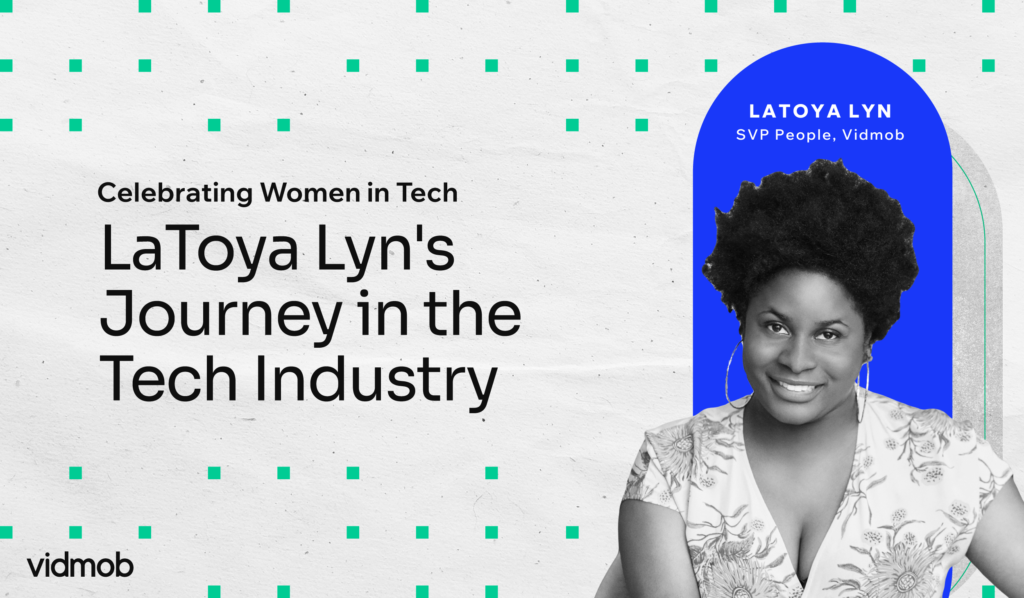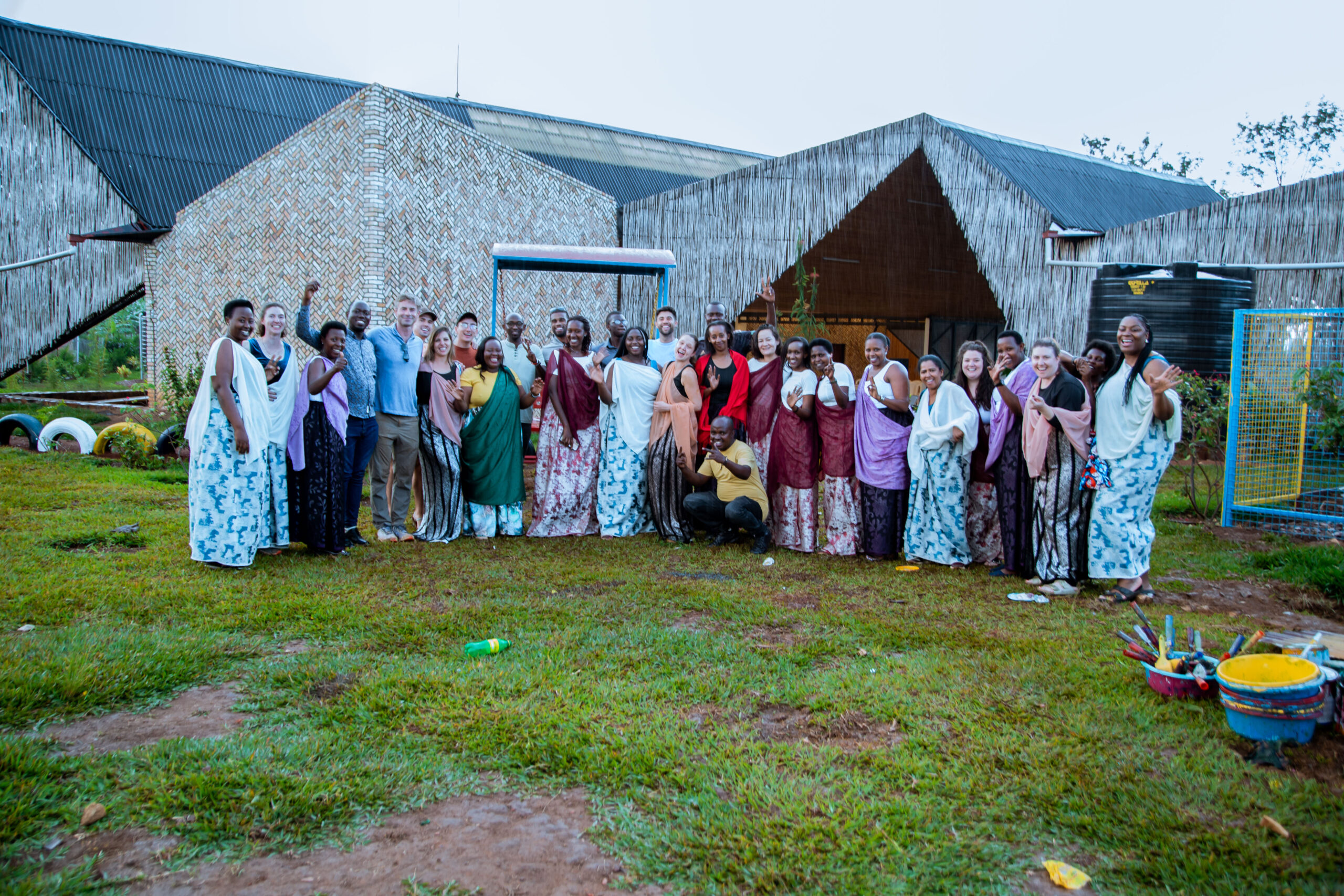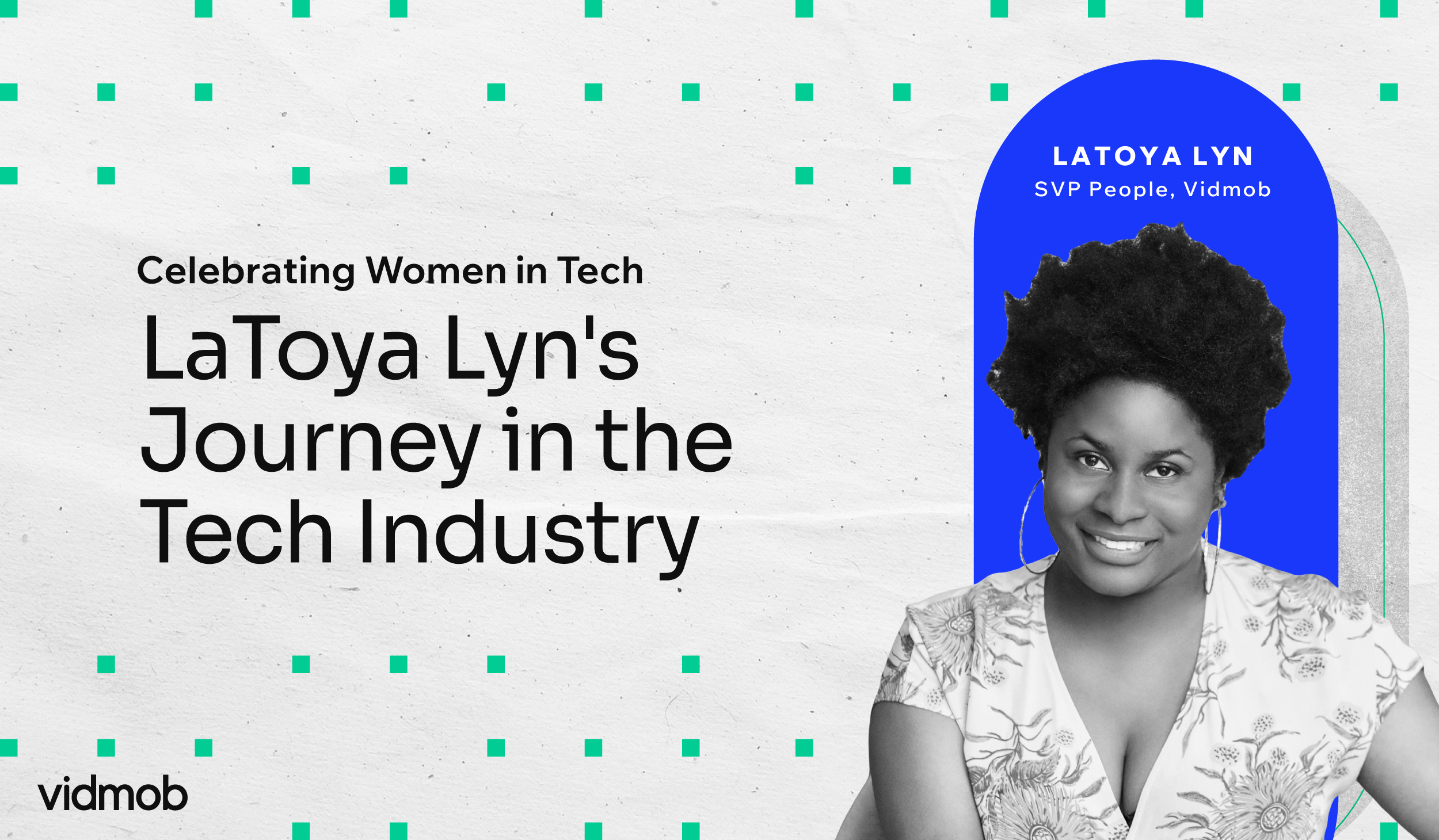An Operating System for the In-House Movement

Earlier I wrote about the tension between the Old Agency model and the emerging New Agency model. New agencies have smartly recognized that their clients’ needs are evolving and have made strides to adapt to the changing times. To do so, they have shown a willingness to work with 3rd party solutions providers, in a recognition that by focusing on the things that they do really well, and turning to partners for things that can be done better elsewhere, their clients will ultimately win.
But in far too many relationships this recognition has taken too long, and the resultant pain and wasted cost have led to a growing wave of brands moving large swaths of the production needs in-house. From last week’s post:
It seems like the wave of brands cutting, or severely limiting the scope of their relationship with their old agencies is growing by the day. Just in the last few weeks, we’ve seen announcements like this one from Chobani, from a host of other companies including, P&G, Unilever, Pepsi, ABI, Diageo, L’Oreal, Wayfair, Allstate, StubHub, Sprint, Booking.com, Starbucks and BMW.
When we talk to some of our clients who have taken the leap into in-housing, there are a few consistent themes behind their choice to do so:
•Agency cost-structures don’t match their needs of social trans-creation.
•Old agencies are still very TV focused and seem to be largely ignoring TV’s steady demise.
•Digital “Test & Learn” approaches are an anathema to the old agency creative process, despite being proven to work.
•Creative talent can be found everywhere — no longer monopolized by traditional agencies.
•Making performance data actionable in real time drives huge results, but only when they can connect the loop between data and rapid response production.
•Brand employees know their product better than the inexperienced talent at the traditional agencies that would be staffed on their project.
But moving things in-house has proven to be far more challenging than many brands assumed. The reality is that agencies add a ton of value to the process, and pulling back on their usage has created a number of challenges:
•Brands don’t know the best practices of the myriad online platforms that they should be advertising on.
•Finding world-class creative talent isn’t easy.
•Managing/paying a wide array of creative freelancers is a pain and carries legal risk.
•Managing creative assets is a universal problem and will only get worse as more versions of each campaign become the norm.
•Collaborative review among key internal constituencies is a messy process.
•Asset approval times lead to missed deadlines.
These are real problems, and solving only one or two of them doesn’t really help brands get where they need to be. In order to be truly useful, a single-point solution is needed that accomplishes at least all of the following points:
•Affordable — To go from producing a few video assets to producing thousands, production has to get a lot cheaper. Period.
•Built specifically for “Test & Learn” — A properly deployed process of testing and learning leads to dramatic increases in campaign efficacy. But this isn’t as mindless as simply changing the colors of cars in ads.
•Curated pools of talent that are pre-vetted for each job — Every job is different and the talent needed to succeed on Pinterest is very different than what is needed for Instagram Stories. Finding the right people every time is the first step to success.
•Fully connected loop (data → production → publishing) — Data without the ability to act on it is useless. The new tools need to connect these three components into a seamless loop so that brands can see what’s happening, create new materials accordingly, and then put those new materials to work the instant they are done.
•Empowers brand employees to drive the results they want — Every brand has different needs. To be useful, the new tools will have to allow brands to specify the specific KPI’s that matter to them and then optimize around those exact points.
•Helps brands understand the specific best practices for each platform, as they evolve — Each platform has its own set of best practices, and what’s working today may not work tomorrow. Given that content creation isn’t instantaneous, this puts even more pressure on having continuously updated best practices.
•A single point of payment and legal agreement — Brands want to create at scale. They don’t want to pay vendors at scale!
•Archival and robust asset search enables instant access to everything in a brand’s library — As brands produce more and more assets, their library will grow exponentially. Being able to find everything that you already have instantly and easily becomes increasingly important as a lever for cost efficiency and speed of production. Machine learning can be used to help here, but it needs to be connected in a way to enable easy extraction and manipulation of the selected library assets once you find them.
•Collaboration software will need to make multi-stakeholder projects easy —When rapidly shifting cultural moments make producing content “in the moment” ever more important, timelines have to be compressed as much as possible. To do this, technology needs to play a role in managing all aspects of ideation, production, licensing, and approval in one seamless system.
•Tools to not only learn what creative is working but why — Data is reactive and tends to look backward. Data tells us what worked. In order to improve our creative processes and hit-rate, we need information not just about what worked but why. Creative insights are key, and when creators are given access to systems that can deliver real-time creative insights during the production process, learning cycles can be compressed significantly.
At VidMob, we’re laser-focused on addressing each of these points as part of the technology platform that we offer our brand clients as part of our Agile Creative Suite (TM). In doing so, we think VidMob can offer a solution that behaves like “an operating system for the in-house movement.” Change is never easy. But a great technology platform built on a foundation of respect for human creativity and a true alignment of interests can go a long way towards accelerating us all towards a better marketing future.






